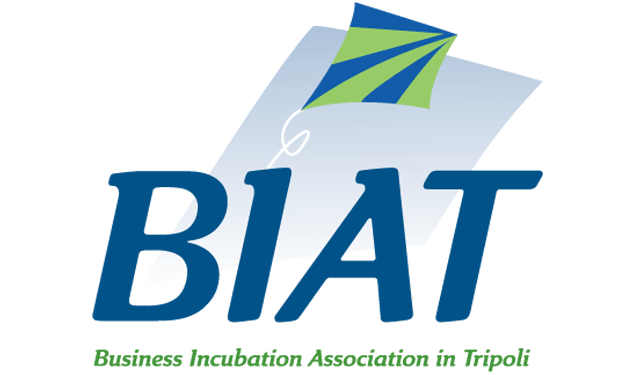With the coordination of the Lebanese conservation center (LCEC) and the Lebanese green building council (LGBC), and Under the policy accelerator pillar of the SHAAMS ENPI CBC Med project, BIAT organized the first local policy meeting in Lebanon, on Thursday, August 28th 2014. The event discussed the Green buildings in Lebanon taking into consideration on one hand the policies and regulations (stick), and on the other hand the financial schemes and incentives (carrot).
The local meeting targeted policy makers in Lebanon including The Ministry of Electricity and water (MEW), The Ministry of Environment (MOE), Electricity of Lebanon (EDL), order of Engineers in Beirut and Tripoli, LCEC, LGBC, Lebanese Standards Institution (LIBNOR), Association Libanaise de Maîtrise de l’Energie et de l’Environnement ( ALMEE), in addition to Municipalities, and private sector representatives.
The Event was a great opportunity for green building private sector actors to present their concerns and pinpoint the market barriers and obstacles. It also allowed policy makers to present their strategies, renewable energy and energy efficiency plans in a way to ensure better synchronization between green building actors which will lead to a better analysis and acceleration of the green building sector in Lebanon.
The meeting held two main pivotal axis. The first axis was about Policies and Regulations during which Dr. Joseph Al Assad (Advisor to the LCEC and secretary of the world energy council Lebanon Committee) gave a presentation about NEEAP 2011-2015 lessons learned and future steps. Mr. Ziad Haddad (LGBC Vice President) also underlined the barriers, perspectives and solutions for the green building sector in Lebanon. The second axis was dedicated to incentives and financial tools. Mr. Ralph Estephan (officer Energy and technology department – Kafalat) talked about Kafalat financing Process and eligibility criteria, target sectors, subsidized rate, etc… in order to allow different stakeholders the possibility of implementing green solutions.
The meeting was filled with active discussions among the attendees which lead to a useful diagnosis of the green building challenges and a list of recommendation in order to benefit from the sector’s potential.







 English
English